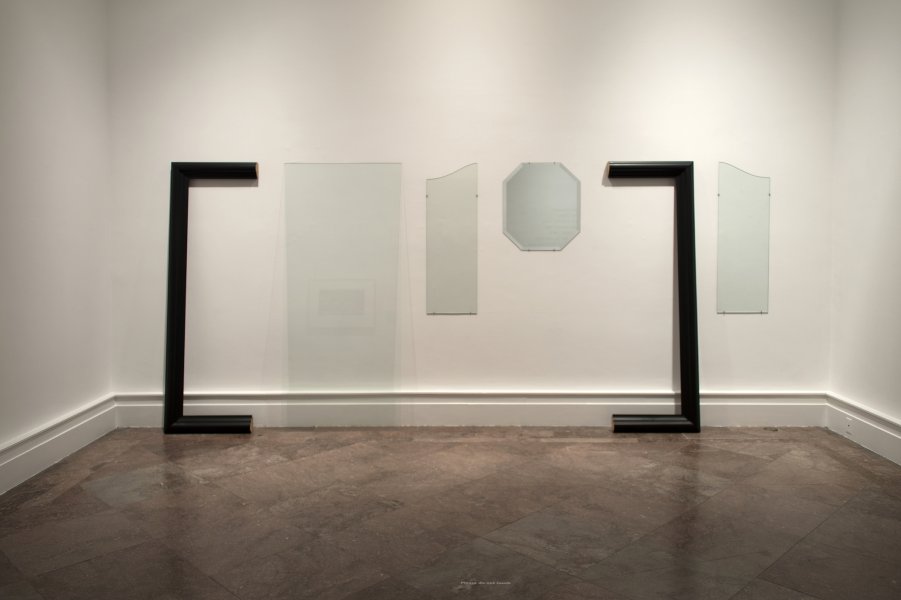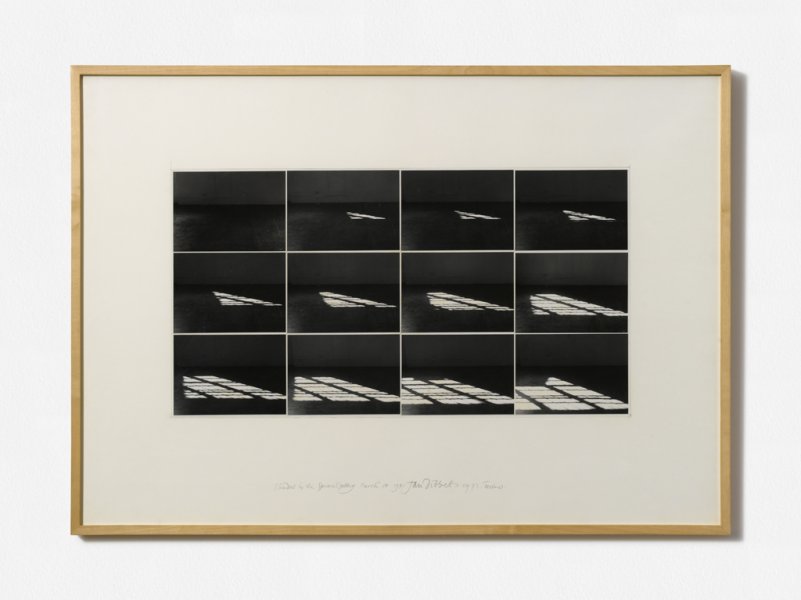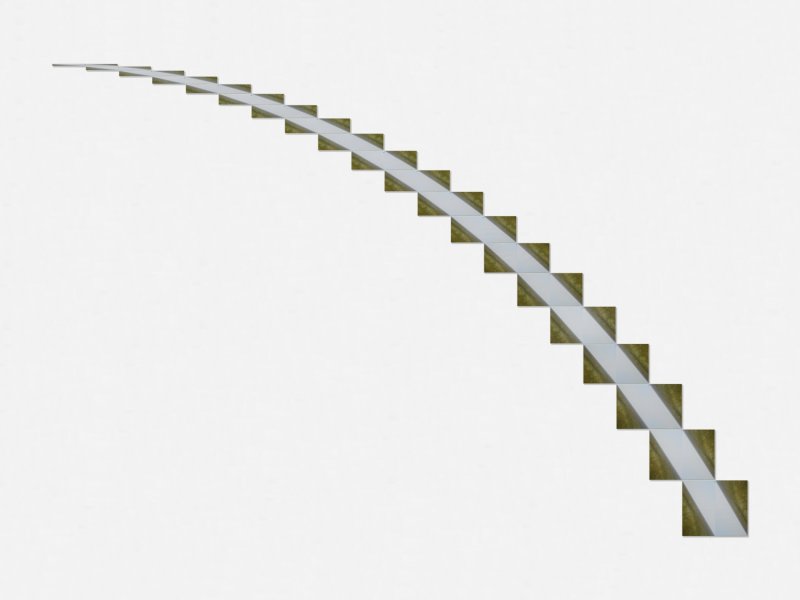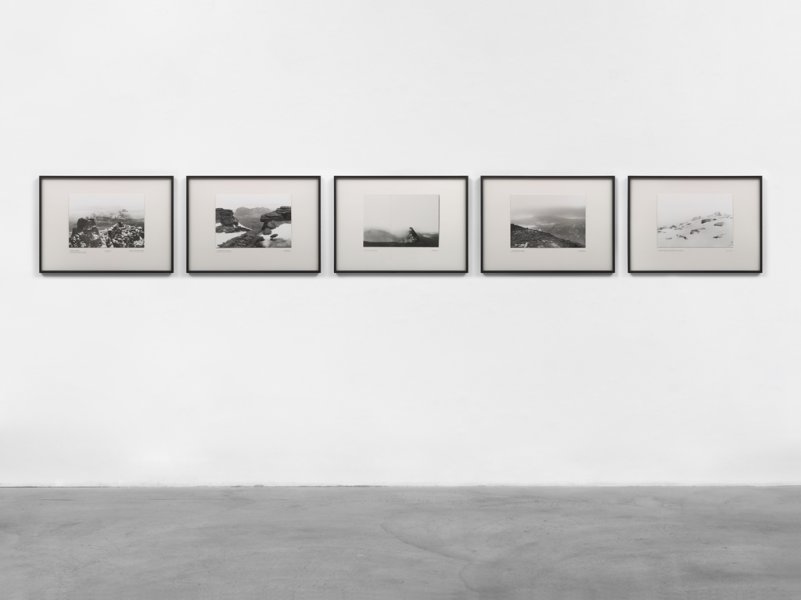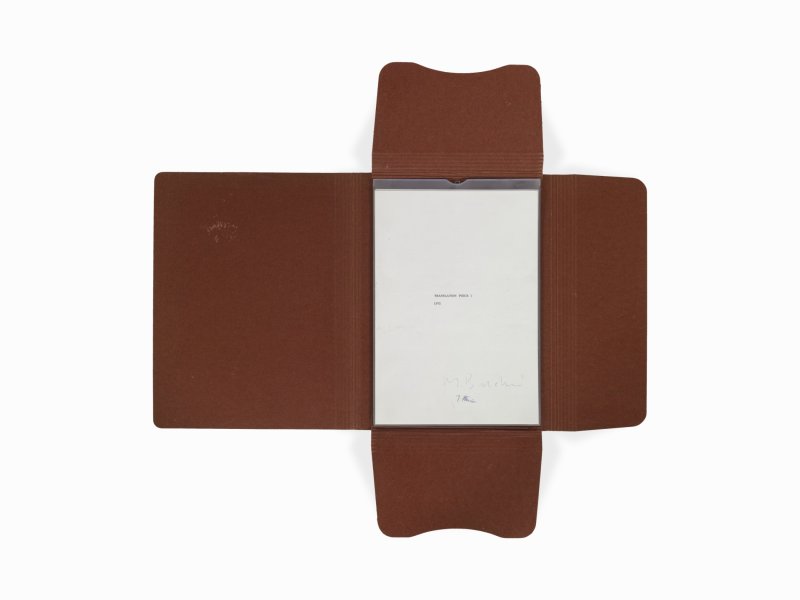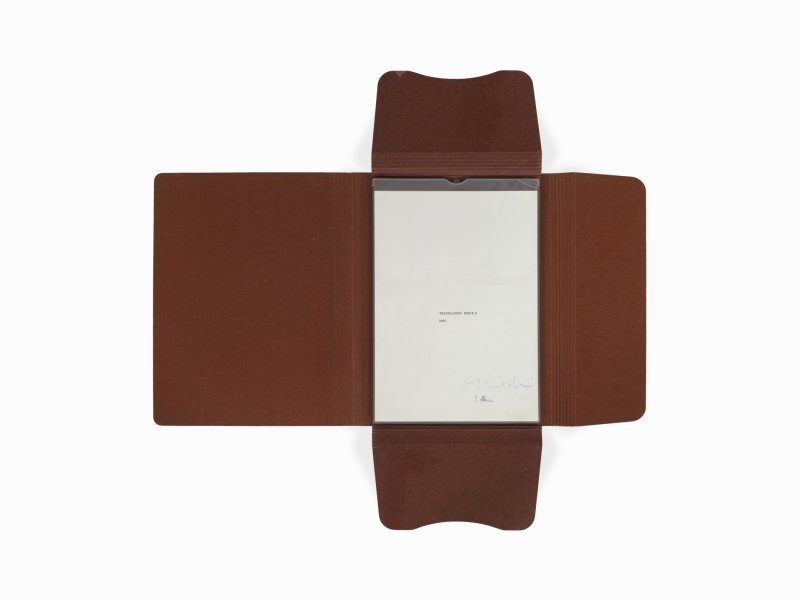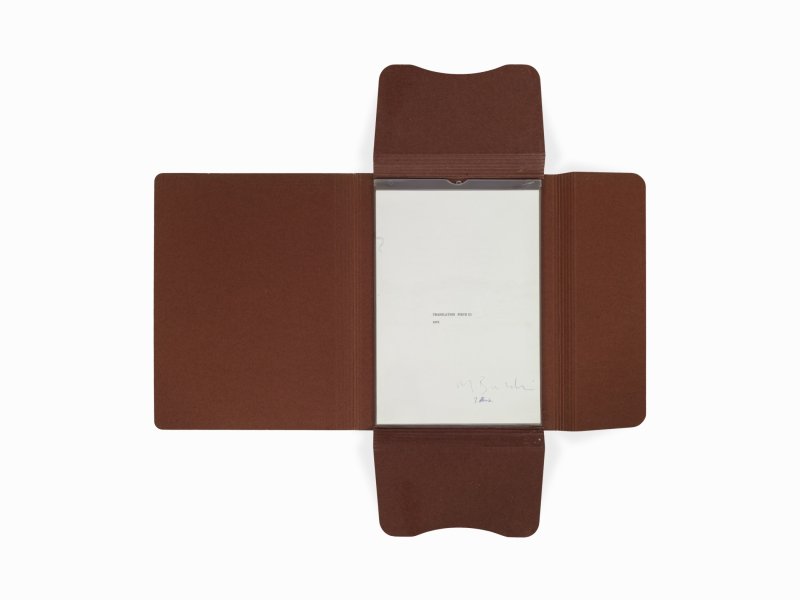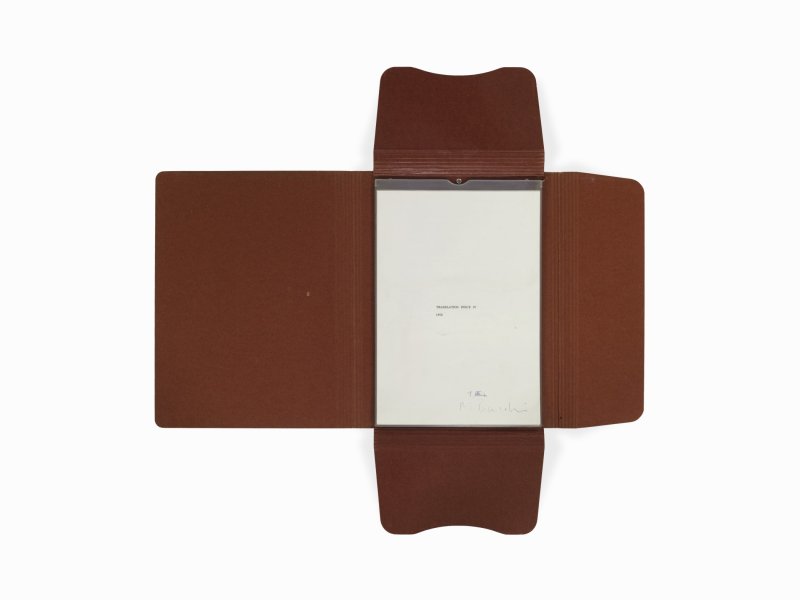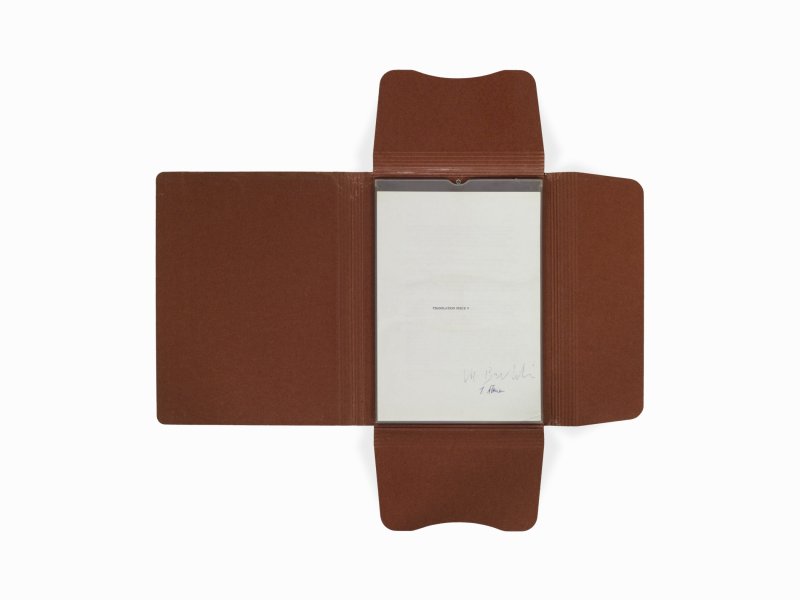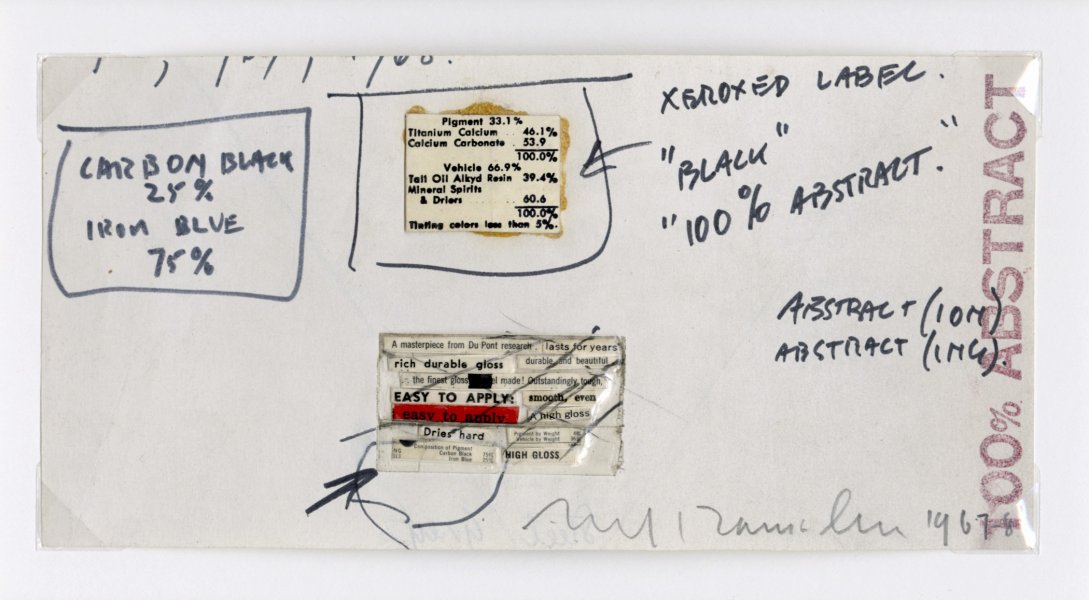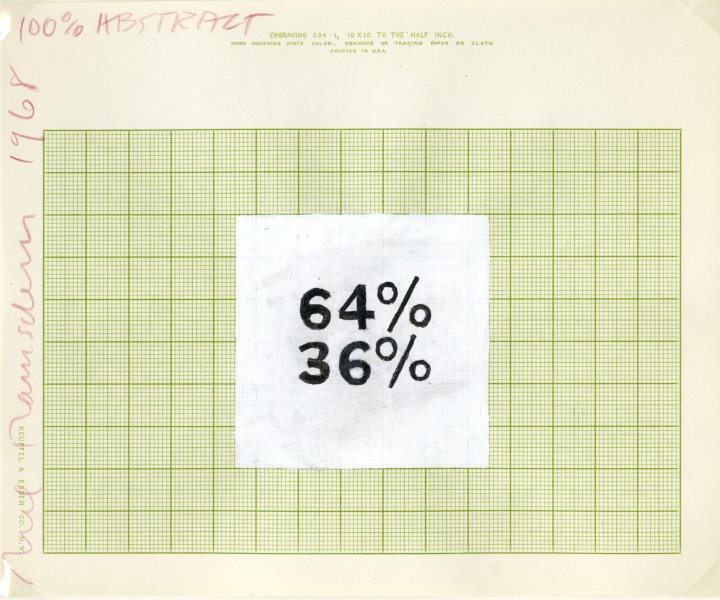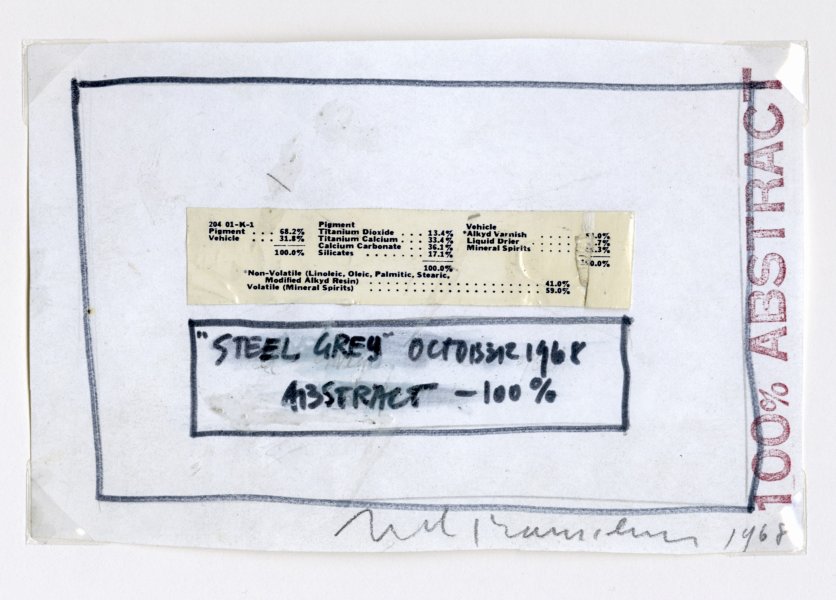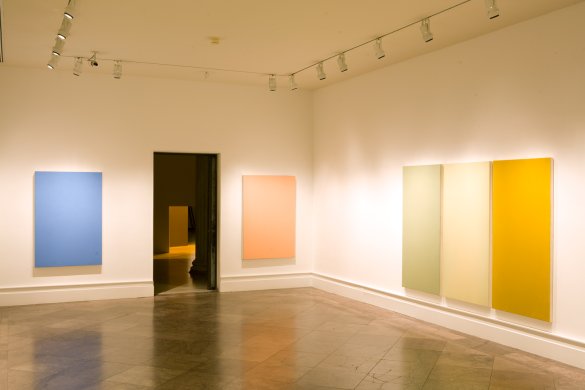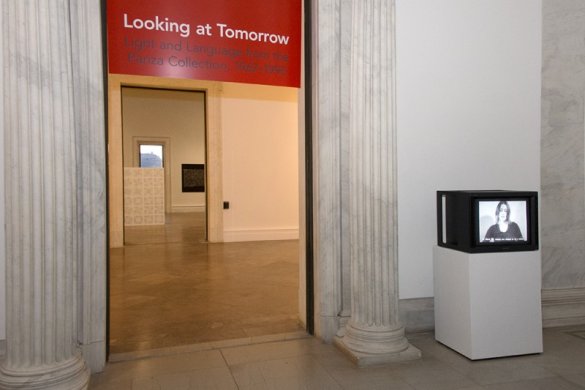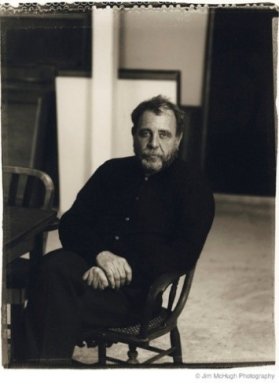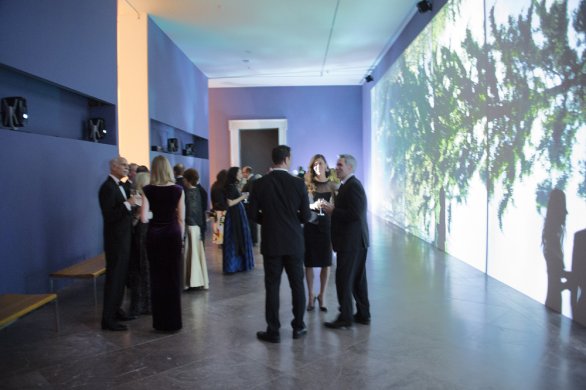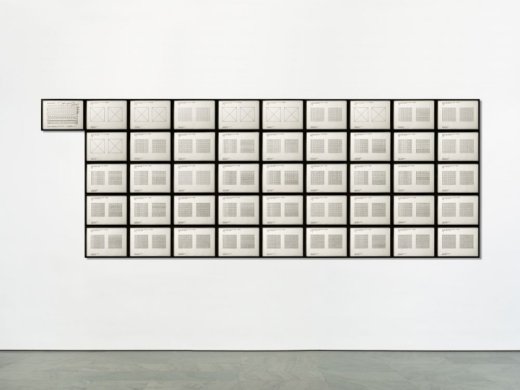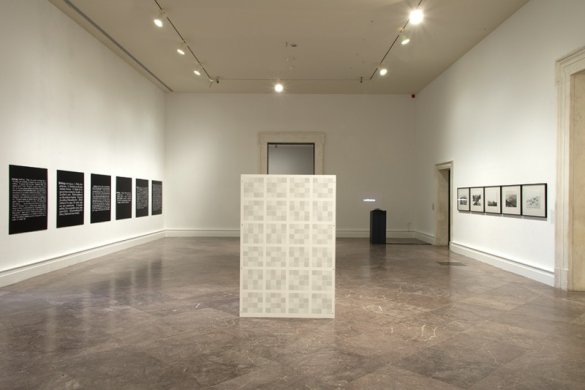Looking at Tomorrow: Light and Language from The Panza Collection, 1967–1990
Saturday, October 24, 2015–Sunday, February 7, 2016
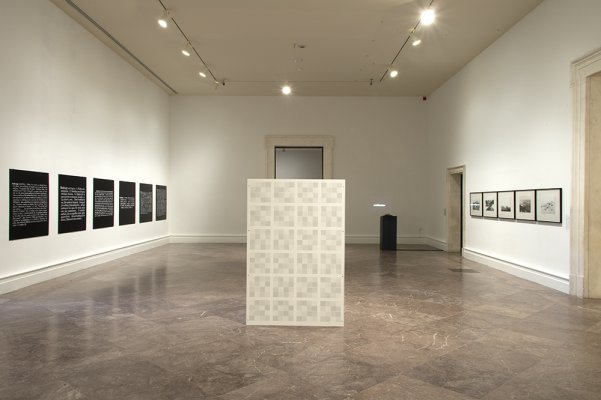
Installation view of Looking at Tomorrow: Light and Language from The Panza Collection, 1967–1990, with works by Joseph Kosuth, Sol LeWitt, Robert Barry, and Hamish Fulton. Photograph by Tom Loonan.
1905 Building
This exhibition celebrated the Albright-Knox’s recent landmark acquisition of immersive light and sound installations, and Minimal and Conceptual artworks from the celebrated Panza Collection. The majority of the works on view date from the 1960s and 1970s, decades in which artists across the globe redefined art by expanding its material, spatial, and temporal possibilities. The exhibition also included a group of works from the 1980s that reveal how a younger generation of artists continued to draw inspiration from this earlier moment. The title of the exhibition comes from Hamish Fulton’s Looking at Tomorrow (Scottish North West Highlands), 1974, a photographic series that records Fulton’s journey by foot across a mountainous region in Scotland. Just as Fulton combines performance, text, and photography to reimagine the means by which one documents an encounter with landscape, numerous artists in Looking at Tomorrow expand the spatial possibilities of art, creating installations for the experience of light and sound. Other artists turn to language, written on the wall, projected, printed, or appended to photographs, and marry subjects and methods associated with prose, poetry, and philosophy with the visual arts. Using language as material, these artists turned previously “non-art” situations, such as a conversation or the pages of a magazine, into works of art.
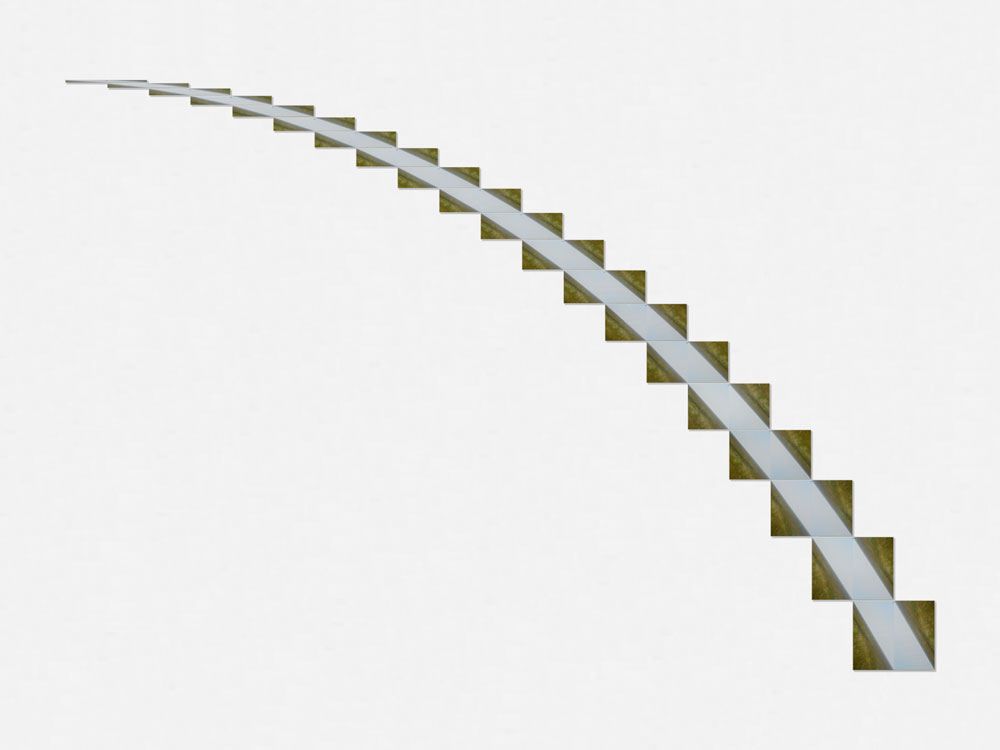
The works selected for Looking at Tomorrow broadened our understanding of what art can be and represent some of the key innovations of the period. The exhibition included one of Sol LeWitt’s first drawings in color made directly on the wall from 1970; a rare group of six “definition” works in different languages by Joseph Kosuth; a monumental installation of several hundred drawings by Hanne Darboven from 1972–73; the captivating 1969 film Hard Core by pioneering land artist Walter De Maria; and an early performative work by Lawrence Weiner, A WALL STRIPPED OF PLASTER OR WALLBOARD, 1969, to name a few highlights.
These works, part of a 2015 acquisition of 45 installations, photographs, films, sculptures, and drawings from the Panza Collection, joined a group of 71 paintings, sculptures, and drawings that the museum acquired from the family in 2007. Together, these acquisitions greatly enrich the museum’s collection of Minimalist, Conceptual, and installation art. The Panzas’ dedication to collecting works that challenge artistic convention has been shared through the placement of works from the collection in museums including the Hirshhorn Museum and Sculpture Garden, Washington, D.C.; the Solomon R. Guggenheim Museum, New York; and the Museum of Contemporary Art, Los Angeles. As a result of this acquisition, a number of the most significant artists of the 1960s, 1970s, and 1980s entered the Albright-Knox’s collection for the first time, including Art & Language, Hanne Darboven (German, 1941–2009), Walter De Maria (American, 1935–2013), Jan Dibbets (Dutch, born 1941), Douglas Huebler (American, 1924–1997), David Lamelas (Argentinian, born 1946), Eric Orr (American, 1939–1998), Stephen Prina (American, born 1954), Jan Vercruysse (Belgian, born 1948), and Ian Wilson (South African, born 1940). This acquisition also strengthened and enriched the museum’s collection of works by Robert Barry (American, born 1936), Hamish Fulton (British, born 1946), Gilbert & George (British, born 1943 and 1942), Jene Highstein (American, 1942–2013), Roni Horn (American, born 1955), Joseph Kosuth (American, born 1945), Sol LeWitt (American, 1928–2007), and Lawrence Weiner (American, born 1942).
This exhibition was organized by Senior Curator Cathleen Chaffee and Chief Curator Emeritus Douglas Dreishpoon.
Museum admission is required to view this special exhibition during M&T FIRST FRIDAYS @ THE GALLERY.
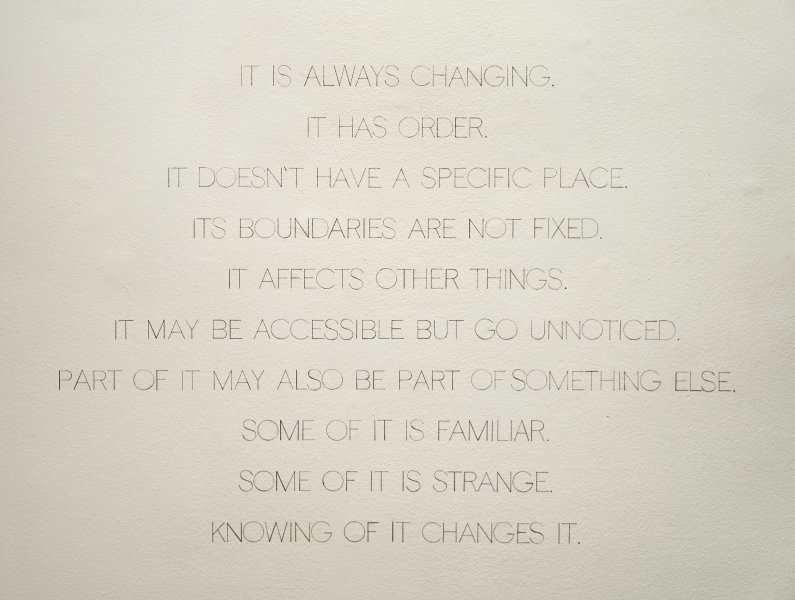
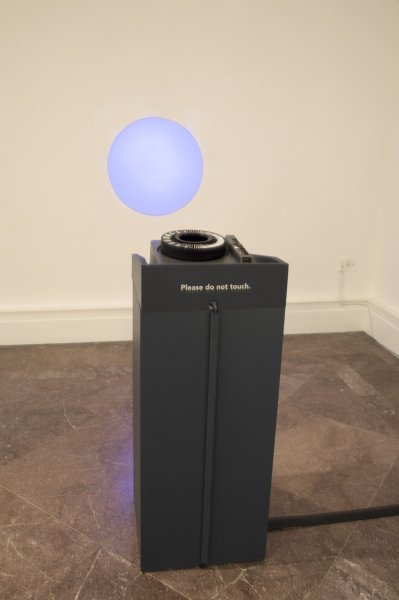
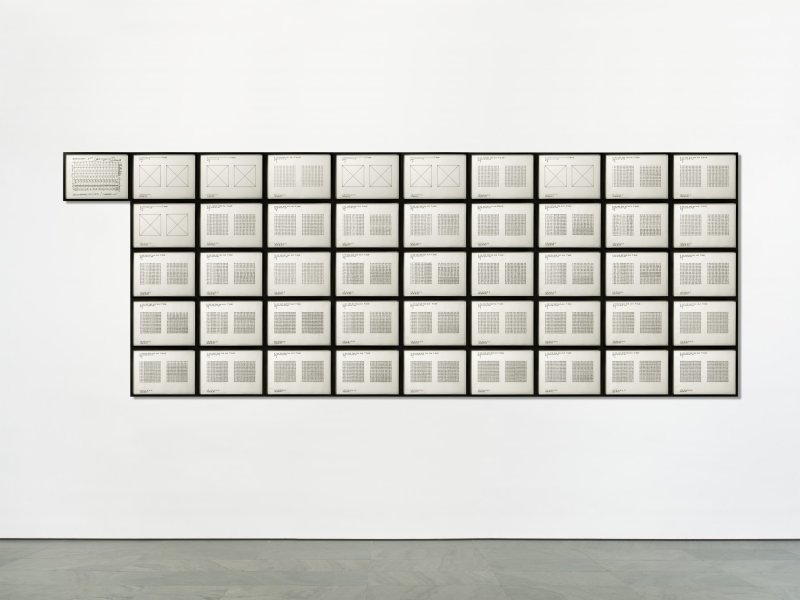
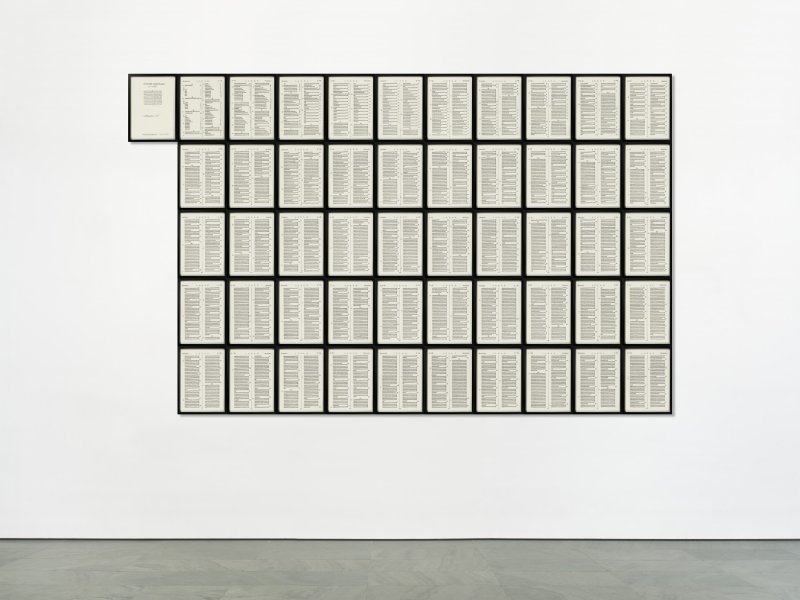
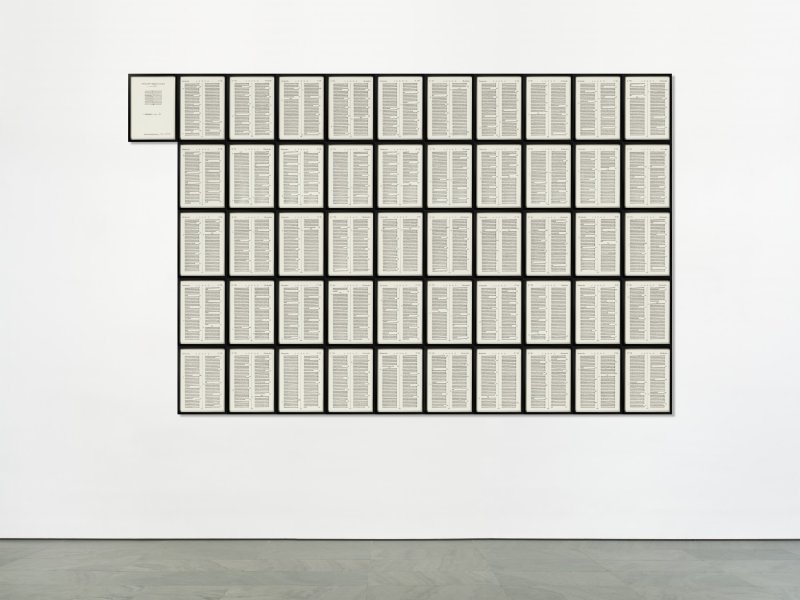
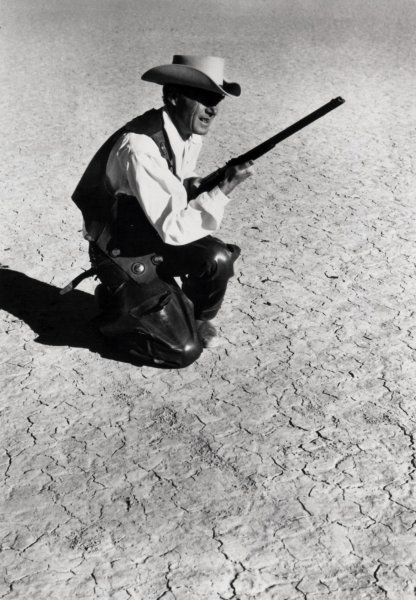
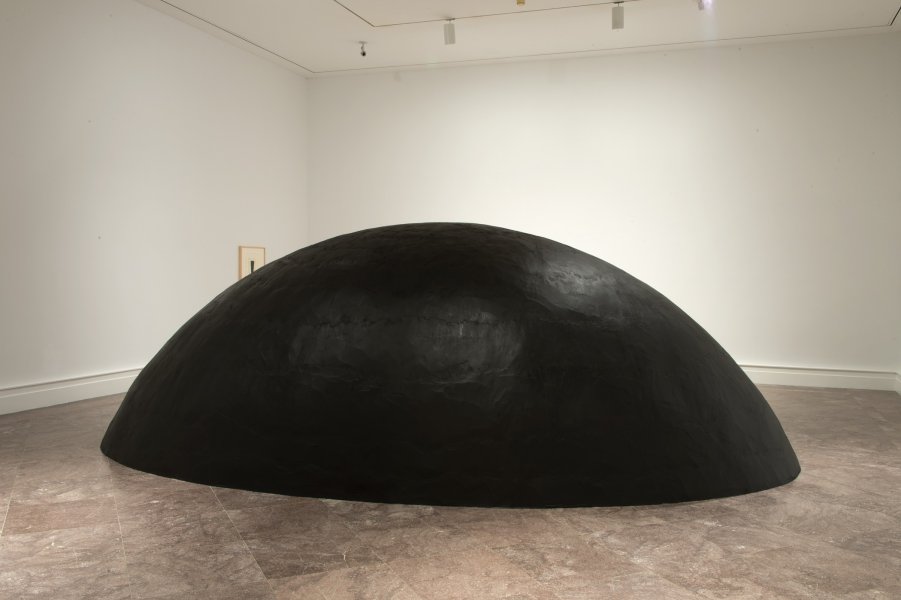
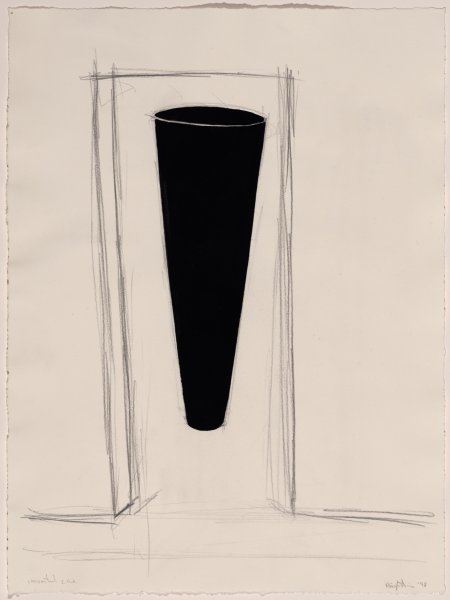
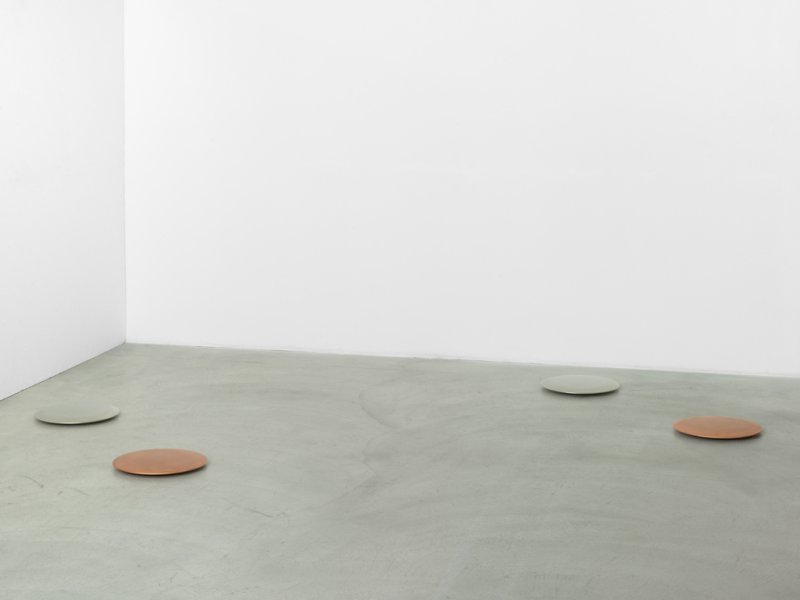
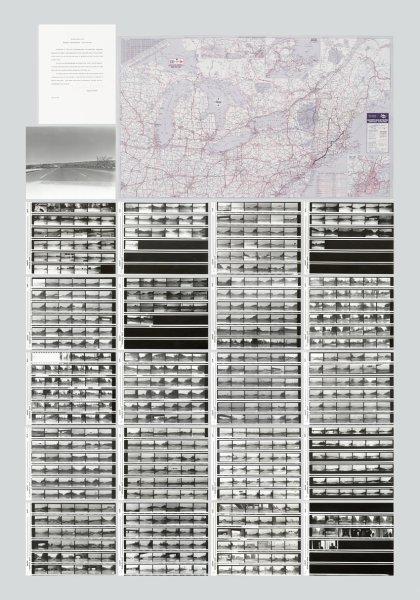
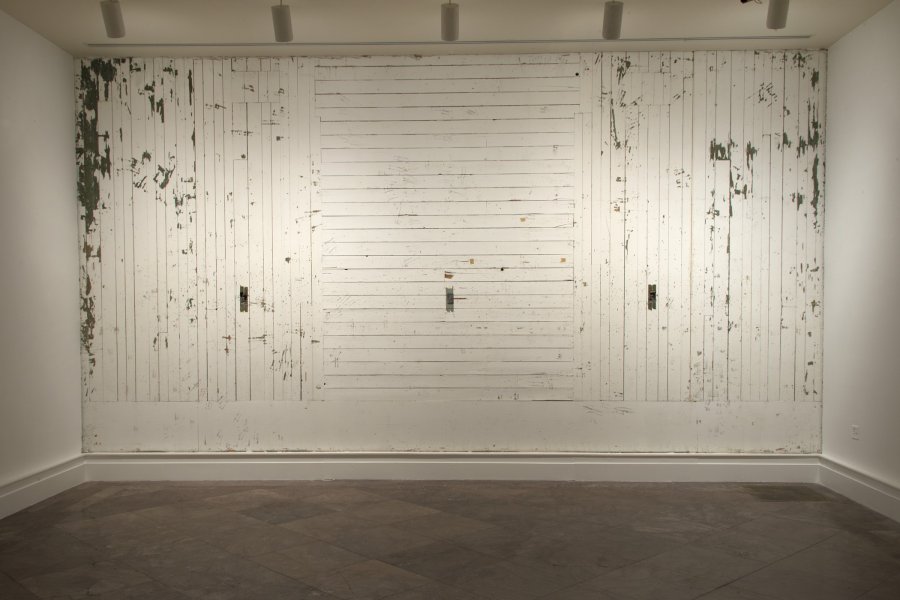
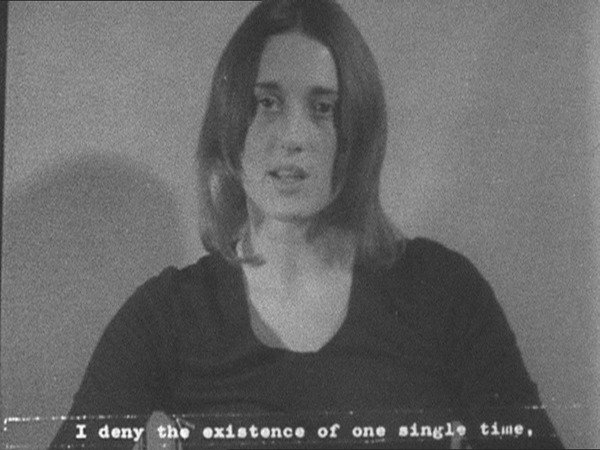
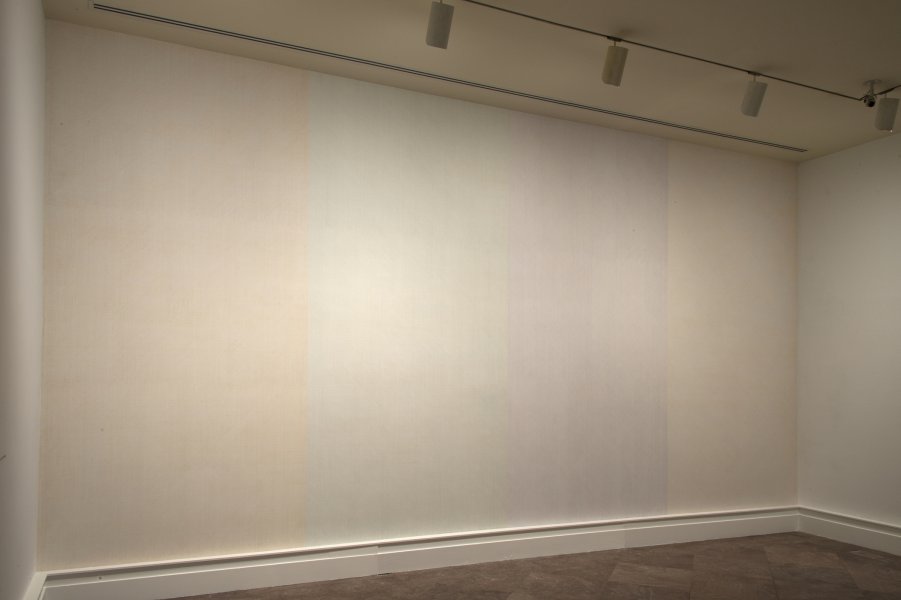
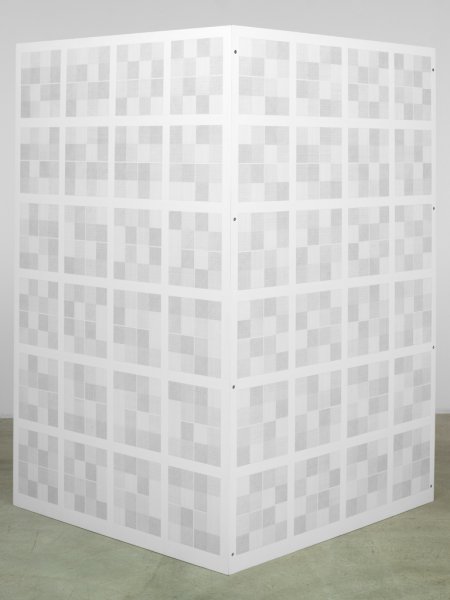
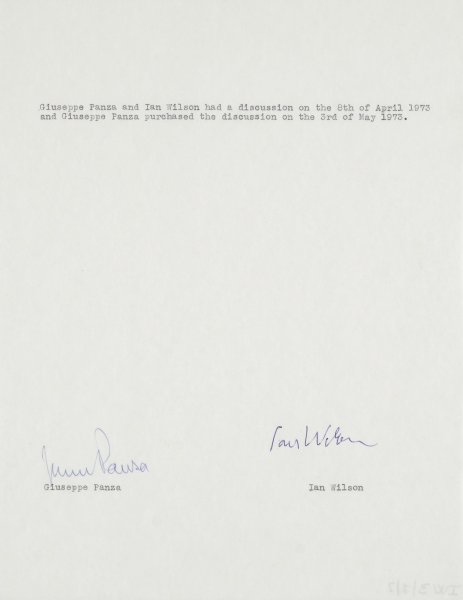
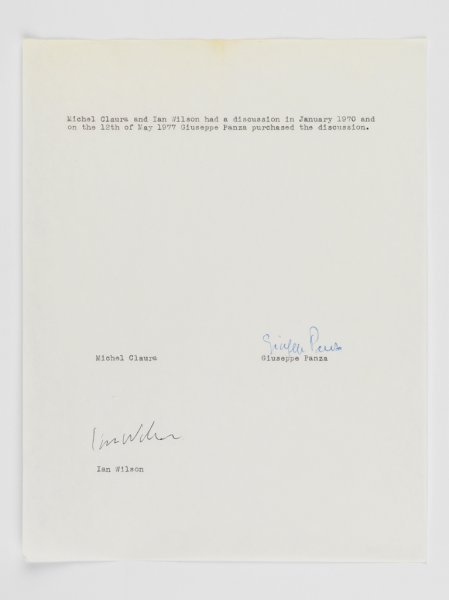
![Titled (Art as Idea as Idea) [Nothing in Italian]](/sites/default/files/styles/callout_fixed_height/public/artwork/2015_014_026_o2.jpg?itok=XbmkDvTV)
![Titled (Art as Idea as Idea) [Nothing in English]](/sites/default/files/styles/callout_fixed_height/public/artwork/2015_014_027_o2.jpg?itok=uq4SSzHe)
![Titled (Art as Idea as Idea) [Nothing in German]](/sites/default/files/styles/callout_fixed_height/public/artwork/2015_014_028_o2.jpg?itok=GT9mbUuE)
![Titled (Art as Idea as Idea) [Nothing in Spanish]](/sites/default/files/styles/callout_fixed_height/public/artwork/2015_014_029_o2.jpg?itok=KizqVXMZ)
![Titled (Art as Idea as Idea) [Nothing in French]](/sites/default/files/styles/callout_fixed_height/public/artwork/2015_014_030_o2.jpg?itok=89TGVMBJ)
![Titled (Art as Idea as Idea) [Nothing in Danish]](/sites/default/files/styles/callout_fixed_height/public/artwork/2015_014_031_o2.jpg?itok=uqeU8UYJ)
